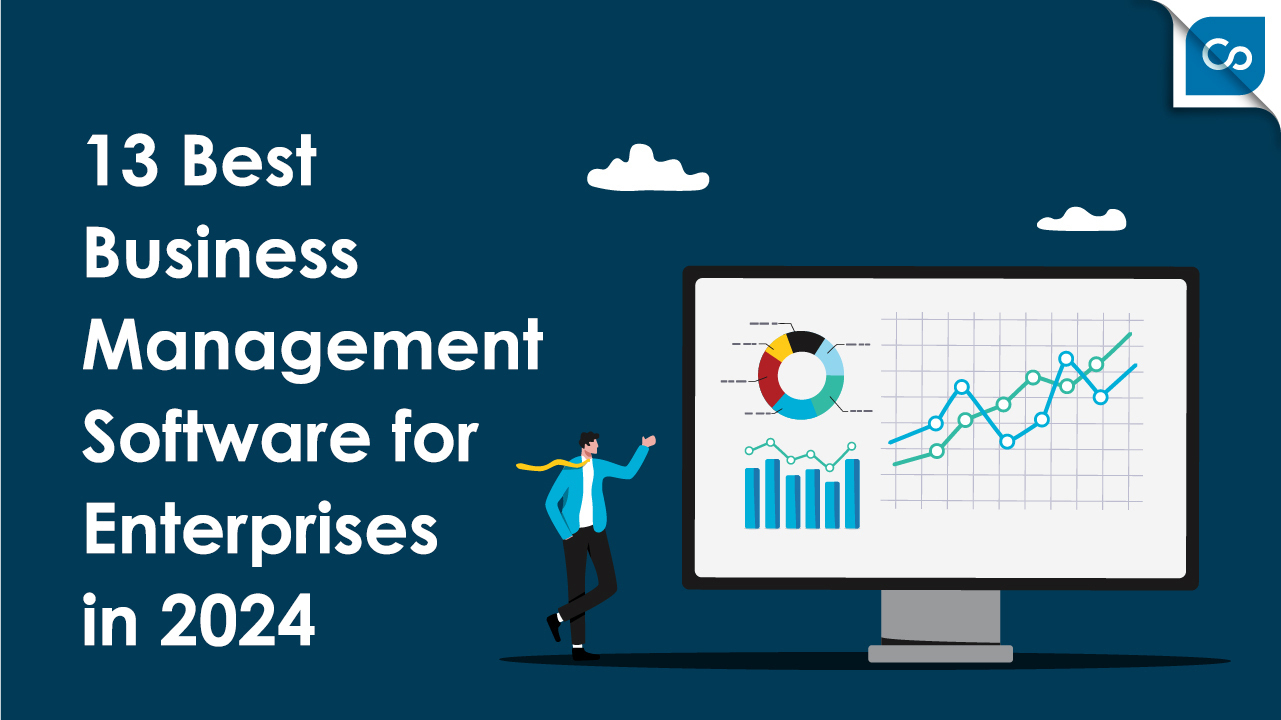According to Forbes, around 40% of small and mid-sized businesses (SMBs) never reopen after a natural disaster, and an additional 25% reopen but fail within a year. Gartner reports that the average cost of downtime is roughly $5,600 per minute, which extrapolates to well over $300,000 per hour. Yet, only 54% of SMBs have a business continuity plan.
Now is the time to create a strategic business continuity plan if your organisation doesn’t have one. It takes time and effort, but you’ll give your company the best chance at survival after (and during) an unforeseen event.
What is a Business Continuity Plan?
A business continuity plan (BCP) outlines the procedures an organisation will follow in the face of disasters like a flood, fire, malicious cybercrime, or a pandemic. It includes crisis communication strategy, assets, business partners, human resources, and more. The main objective of a BCP is to help you:
- Recognise, avoid, or decrease risks where possible
- Prepare for risks that are beyond your control
- Respond and recover if an incident or crisis takes place
Many people are confused between a disaster recovery plan and a business continuity plan. However, they are quite different. A disaster recovery plan focuses on restoring IT infrastructure and operations after a disaster. As such, it’s just a small part of a complete BCP, which seeks to ensure the continuity of the entire organisation.
Steps to Create a Business Continuity Plan
Here are five steps to help you start building a business continuity plan.
1. Build a Business Continuity Management Team
What employees you should add to the team will depend on your continuity goals and the size of your company. Once you identify relevant people, make a contact list including their names, titles, and contact information.
Also, provide a comprehensive overview of their roles and responsibilities so that everybody knows what’s expected of them in case of downtime. Make sure that the team you assemble is capable of preparing standards for the project and training more team members.
2. Focus on the Security of Your Employees
Always prioritise the security of your employees during a crisis. Be proactive and clearly address their concerns. Over time, you may have to reallocate resources and reorganise teams, along with establishing employee welfare programs and procedures that support a secure work environment.
Make sure you have appropriate communication channels in place to get in touch with all of your employees simultaneously. Sending an email may not be enough if the Wi-Fi is down. Consider implementing a BCP software like C-BCM that has an integrated messaging tool to ensure all business processes are continuous, and everybody is safe.
3. Identify Risks to Your Organisation
The next step is to carry out a business impact analysis, which will help you identify specific risks to financial performance, operations, supply chains, business reputation, and employees. Sit down with your team to brainstorm a list of threats and possible risks to your company. Also, discuss how these risks could affect business operations.
C-BCM’s business impact analysis feature provides a comprehensive questionnaire to help you gather the breadth of information you’ll need. It also provides easy access to past data and ready-to-use templates.
4. Include Recovery Strategies
Before you decide what strategies to add to the BCP, consider discussing the following with your team:
- How will the sales, HR, manufacturing, support, and other teams get back to work after a disaster?
- Where will your employees work if your facilities are affected?
- Are there ways to meet the demand for products or services if your equipment or office is damaged?
Address concerns like these and more in your BCP. Make sure that you set realistic timelines to ensure you achieve your continuity objectives and exceed expectations.
5. Test and Tweak Your BCP
No matter how much time you spend on creating it, a BCP is never truly complete. As the risks and requirements of your industry keep changing, you need to tweak and adjust your BCP to address those changes.
Regularly test your business continuity plan to validate it as you manage risks. By testing your recovery strategies, you might also be able to identify gaps. The purpose of testing is not to pass or fail but to continuously improve your BCP by identifying findings through an ongoing exercise.
Many businesses test their BCP two to four times a year. The schedule depends on your type of business, the amount of turnover of key personnel, and the number of business processes and IT changes that have happened since the last round of testing.
Key Takeaway
Although you may never come across a huge disruption to your business, nothing is ever certain and you may have your fair share of obstacles. So develop a detailed BCP to keep your business afloat. Identify risks and ways to keep your business in motion.
Business continuity planning will give you a competitive edge and help alleviate any monetary risk involved. Get peace of mind by knowing that you have a solid plan to decrease the impact of business disruptions before, during, and after a disaster happens.
To learn how C-BCM a Business continuity management software can help your organisation remain resilient during turbulent times, request a demo.



